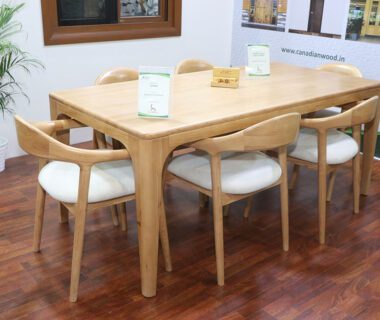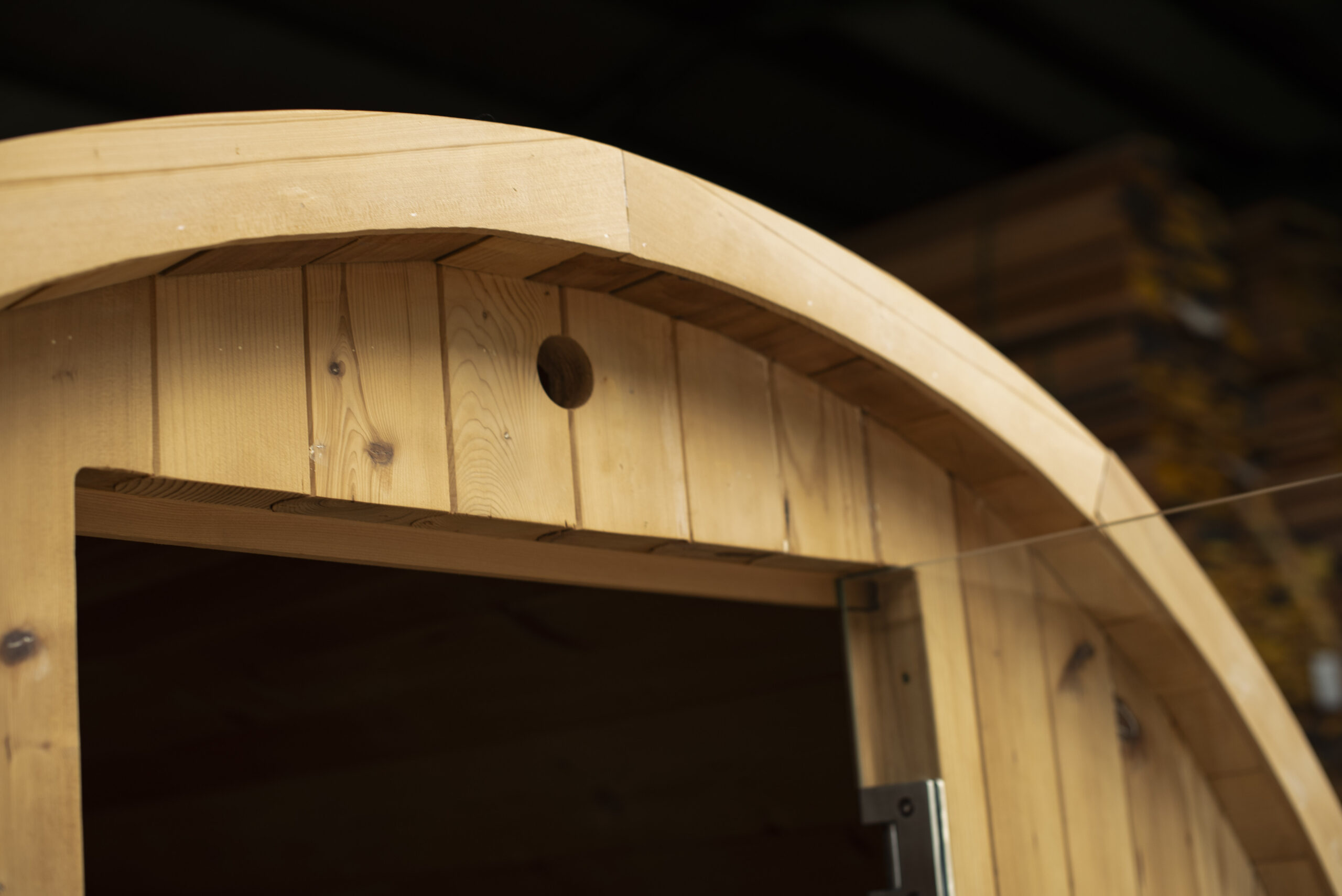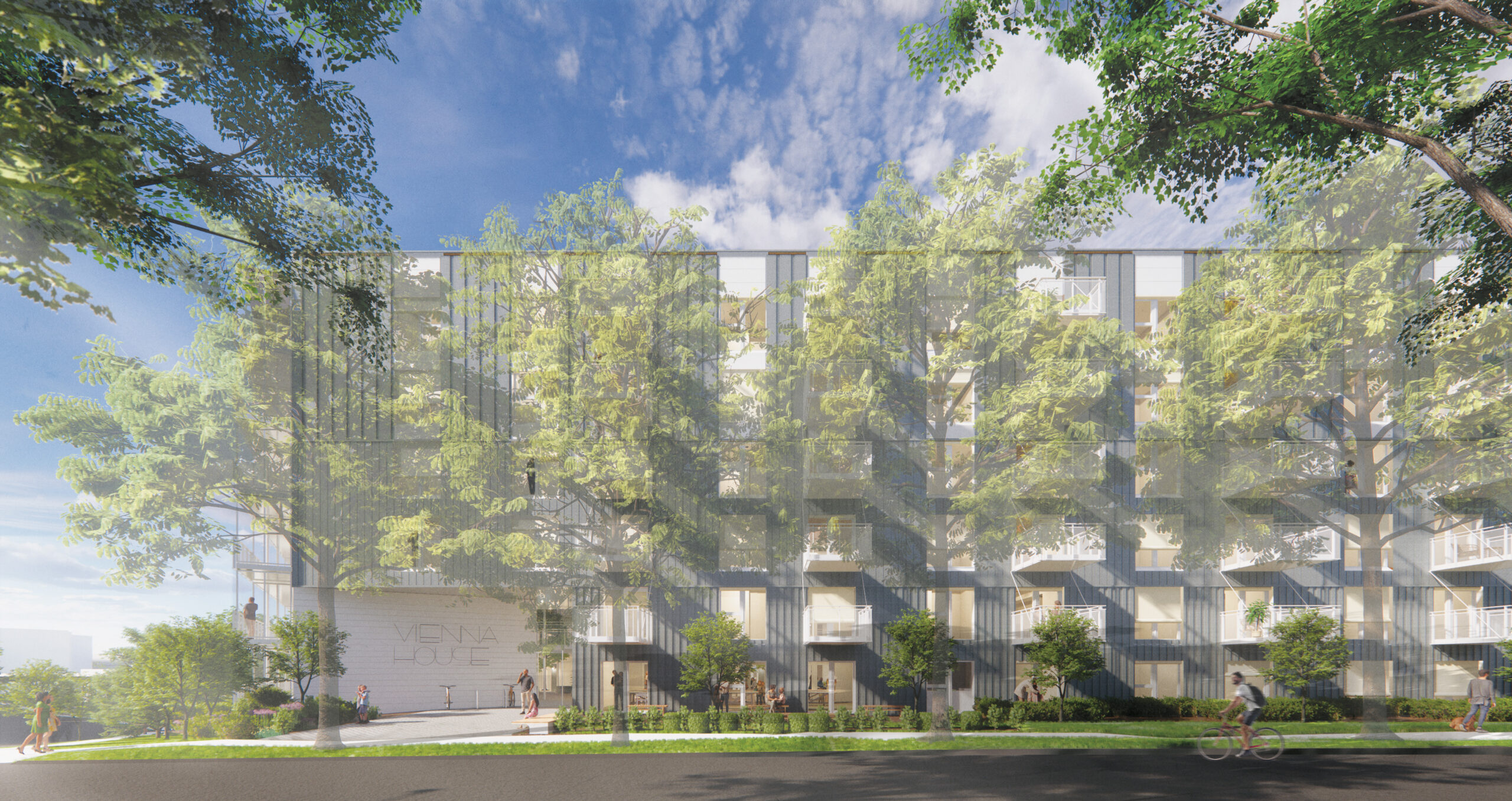FII is committed to leveraging wood’s role in the built environment to combat climate change through embodied carbon reduction.
The increasing global recognition of climate change impacts is driving the adoption of low-carbon solutions to reach net-zero targets by the middle of the century. With governments around the world aiming to achieve a net-zero carbon built environment, regulations and assessment of emissions need to take a life cycle approach that considers both materials’ embodied and operational emissions.
Building and material use efficiency, as well as reducing the carbon intensity of materials, are key approaches to address embodied carbon. These considerations can be applied through building concept and design stages, material and product procurement, manufacturing, construction and waste management.
FII’s investment objectives around embodied carbon are customized to reflect the unique circumstances in each jurisdiction where market development programs operate. The goal is to position B.C. and advance government and industry understanding of the role of wood in carbon reduction and the environmental impacts of materials throughout a building’s full life cycle—from resource extraction, production, installation and use through to end-of life recycling, re-use or disposal.
To contribute to that goal, FII has been actively promoting awareness and fostering knowledge about embodied carbon among key stakeholders in the forest industry, government bodies, building design, and construction professionals in B.C., Canada, and other key global markets.
British Columbia / Canada
 FII funded a range of initiatives to build awareness of wood’s role in reducing the carbon impact of the built environment. Priorities included:
FII funded a range of initiatives to build awareness of wood’s role in reducing the carbon impact of the built environment. Priorities included:
Knowledge Exchange – FII is a contributor to the Zero Emissions Building Exchange (ZEBx), Canada’s first Centre of Excellence focused on decarbonizing the building sector. Its evolving suite of resources and educational events are aimed at B.C. architects, engineers, general contractors, sustainability consultants, material suppliers, building owners and policymakers to increase industry capacity to design and construct infrastructure and buildings that mitigate embodied carbon.
Training – FII facilitated a remote-based micro-credential program with the British Columbia Institute of Technology (BCIT), equipping design practitioners with essential knowledge and skills in life cycle analysis.
Tools – FII supported the creation of tools like the Athena Impact Estimator for Buildings and the Embodied Carbon Pathfinder, which help assess embodied carbon implications in early design stages. These efforts demonstrate the carbon benefits of mass timber and inform wider adoption of lifecycle assessment in building design and policy making.
B.C.-specific Data – FII commissioned the Athena Institute to conduct life cycle assessments (LCA) and develop environmental product declarations (EPDs) for five B.C. wood products: softwood lumber, plywood, glulam, cross-laminated timber, and trusses. The EPDs, which represent industry average results for products made in B.C., were verified and registered with ASTM International and will be incorporated into the next release of the Athena Impact Estimator for Buildings, as well as the upcoming Canadian national database for low-carbon construction.
Key Global Markets
Across its major international markets, FII funds initiatives that position wood and wood-based construction as a solution to meeting carbon reduction goals. This builds on B.C.’s own climate commitments and highlights how the use of wood from B.C.’s sustainably managed forests can help the construction industry in other jurisdictions meet their own sustainability objectives.
United States
In the United States—B.C.’s largest export market—efforts led by WoodWorks are helping position wood products as the go–to solution for mitigating climate change in the construction sector. This includes providing transparent information on the life cycle benefits of wood products and buildings, and establishing a library of resources that address the embodied carbon of building materials and the importance of considering the entire carbon footprint of those materials in sustainable design.
Japan
In Japan, where wood construction is key to meeting the country’s commitment to carbon neutrality by 2050, Canada Wood Japan is helping the construction sector accelerate its use of low-carbon building solutions. This includes taller and larger wood buildings and, increasingly, the use of innovative mass timber products and building systems pioneered in B.C.
China
In China, an unprecedented commitment to decarbonization and a more sustainable development of urban and rural areas continues to lay the foundation for the development of wood construction. FII is working directly with China’s national and key regional governments to influence construction initiatives around low-carbon, energy efficiency, prefabrication and green construction with the objective of extending opportunities for wood building systems and the use of B.C. wood products.
Raising awareness and taking action on embodied carbon holds significant importance in mitigating greenhouse gas emissions within the global construction industry. FII remains dedicated to supporting research and disseminating valuable information and insights regarding the role of wood products in embodied carbon. This commitment extends to partner communities and a network of funded program delivery partners, spanning across our domestic market, the U.S., and crucial markets in Asia.




